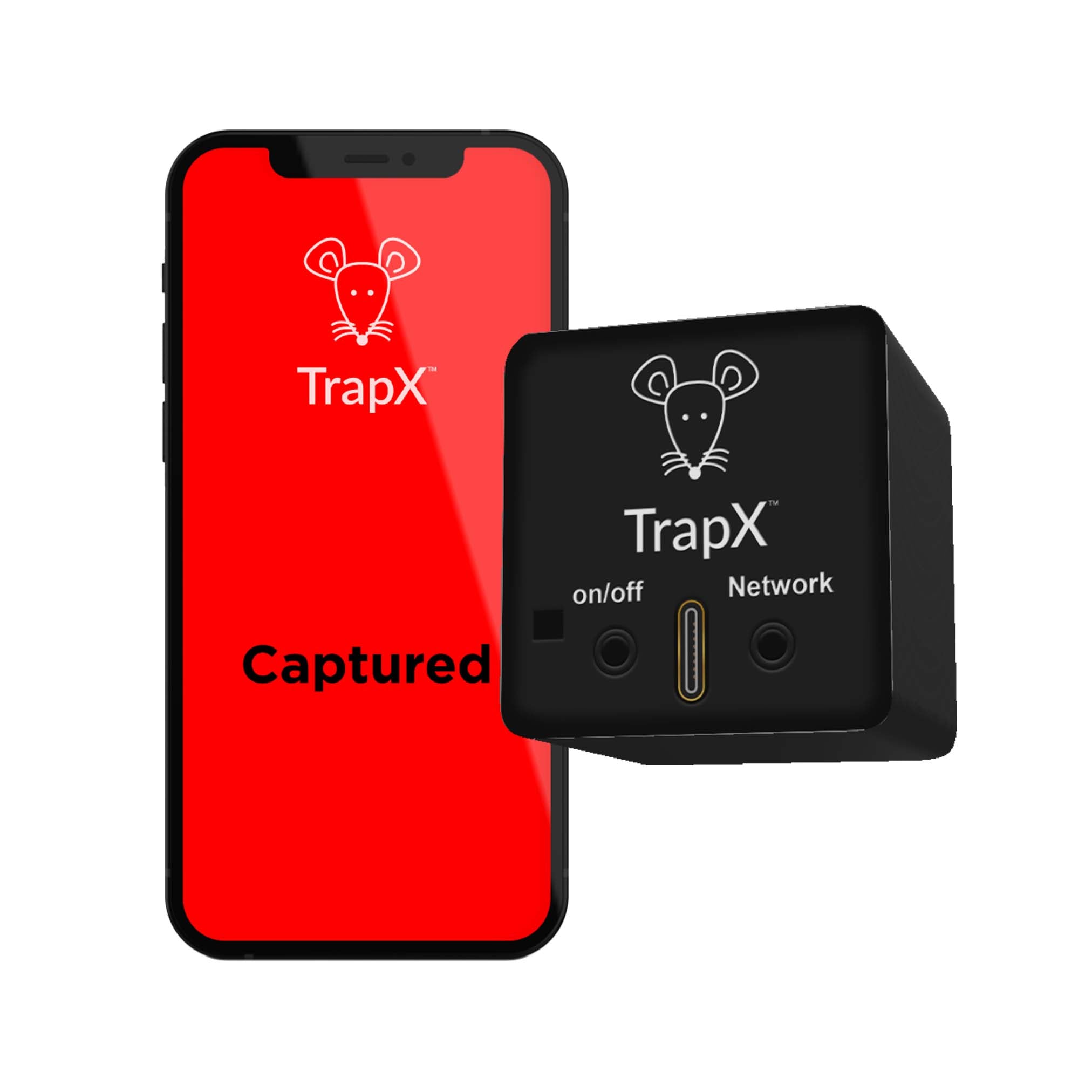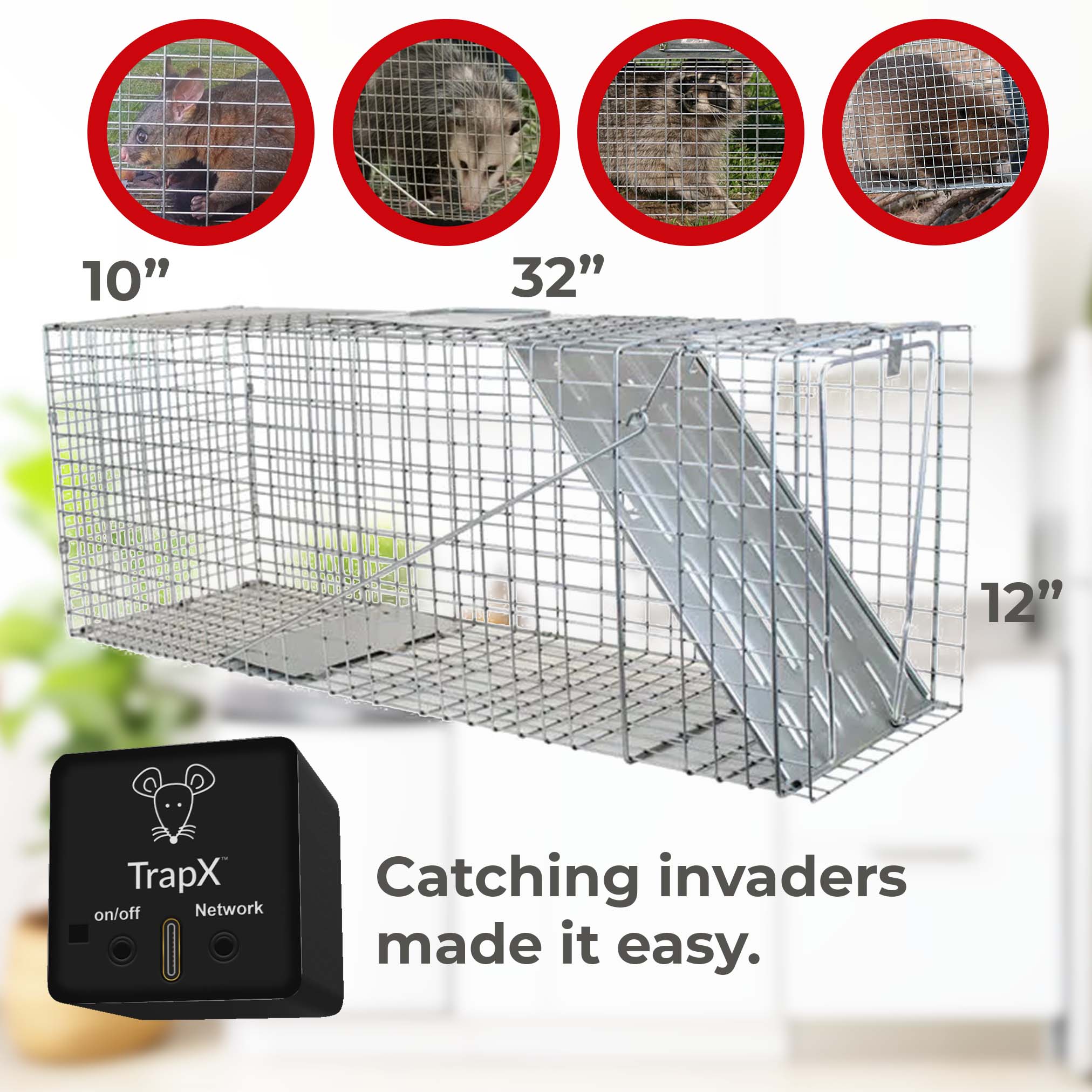Understanding What Might Eat a Dead Mouse in a Trap
Share
Finding a dead mouse in a trap can raise several intriguing questions. Chief among them might be, 'what would eat a dead mouse in a trap'? This seemingly trivial question opens a window to the natural behaviors of various creatures that exist around us.

The Purpose of Mouse Traps
Before delving into the specifics of what might consume a dead mouse, its essential to understand the role and types of mouse traps. Mouse traps are devices designed to catch and often kill mice, a common pest control method employed to manage rodent populations.
Types of Mouse Traps
Snap Traps: These are the most common types and are often baited with food. The snap trap executes a quick kill when triggered.
Glue Traps: Mice get stuck on the adhesive surface and eventually die due to stress or starvation. You can read more about the dangers of glue traps here.
Live Catch Traps: These traps do not kill the mouse but instead trap it alive, allowing you to release it far from your home. For more on homemade traps, check this article.

Why Other Animals Might Eat a Dead Mouse
Once a mouse is dead, it becomes a part of the food chain. Understanding what would eat a dead mouse in a trap often comes down to knowing the local scavengers and predators in your area.
Common Predators
Cats: Domestic and feral cats are known to kill mice and often consume parts of them.
Birds of Prey: Certain birds like hawks and owls might take advantage if the trap is placed in an outdoor setting.
Snakes: Some snake species might find a trapped mouse an easy meal.

Other Scavengers
A dead mouse isn't just a meal for predators but also for various scavengers. Understanding this helps answer the question of what would eat a dead mouse in a trap.
Insects and Arthropods
Ants: Ants are often the first to discover a dead mouse, especially in warm weather.
Beetles: Certain beetle species are known to consume decaying animals.
Maggots: Fly larvae, or maggots, are commonly found on dead animals.

Unintentional Consequences of Mouse Traps
Its worth noting that leaving a dead mouse in a trap can have unintended consequences. The scent of decay can attract additional pests, making it vital to dispose of dead mice promptly. Learn more about effective pest management here.
How to Safely Dispose of a Dead Mouse
Disposing of a dead mouse safely is crucial to avoid attracting other pests. Always wear gloves and use a plastic bag to remove the mouse from the trap. Ensure you sanitize the area thoroughly to remove any scent that might attract other animals or insects. You can find more details on safe disposal methods here.
Preventing Future Issues
To avoid dealing with what would eat a dead mouse in a trap, its best to employ effective pest control strategies. Ensure there are no food sources that attract mice and regularly check and clear traps to prevent decay and odor from drawing other animals.
Conclusion
Understanding what would eat a dead mouse in a trap provides valuable insights into the local ecosystem and the importance of effective pest control. From domestic animals to wild scavengers, many creatures may take advantage of an easy meal, making it crucial to handle and dispose of dead mice properly.
As an Amazon Associate, I earn from qualifying purchases.
